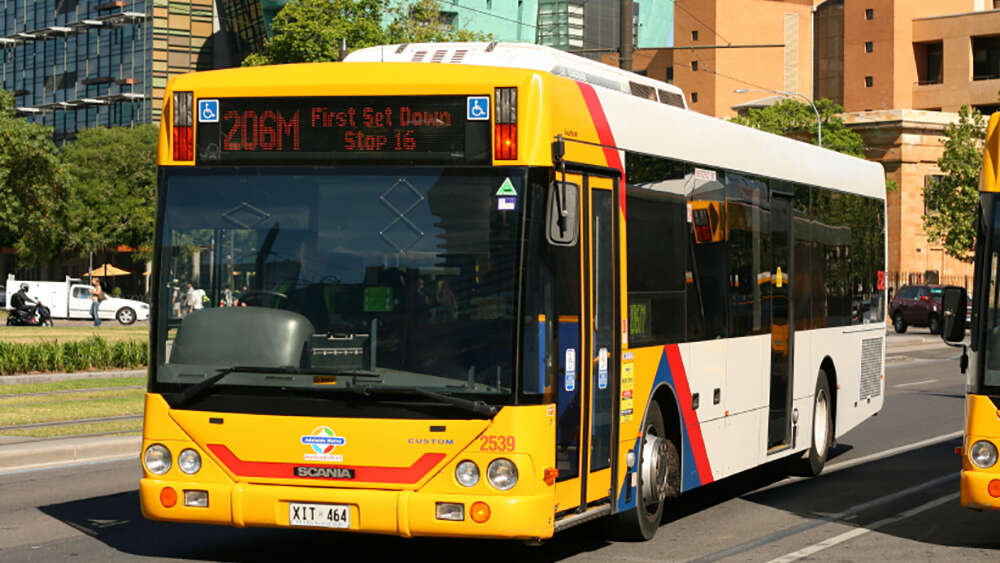Cat Patrick works nationally for the Australian Fellowship of Evangelical Students, supporting and coaching staff in partnerships. Tim Patrick, her husband, is a Bible College principal. Together, this Adelaide family has drawn up a plan to make a difference in how they run their house.
For those who are interested, here’s our household 2021 Climate Action list. We have marked as “DONE” the things we already have managed to do this year.
We did this action plan last year and found it helpful. Despite the craziness of 2020, we did almost all of them and then some more.
Money
1. Switch mortgage to climate-friendly bank. We are with UBank, subsidiary of NAB, but after perusing Market Forces, we will switch to Credit Union SA. It offers exactly the same rate but doesn’t invest in any fossil fuels. We aim to pay our mortgage off as soon as possible while giving generously, so that we can use our money for other things.
2. Switch Tim’s super to climate-friendly super fund. He is with UniSuper but, again, after reading more and perusing Market Forces, we will switch to Future Super to positively invest in companies that are actively addressing climate change. Cat already has switched over to Future Super.
3. Set up, or continue, regular giving to Farmers for Climate Action, Climate Council and some other one-off giving. We also give significantly to a number of non-climate-related Christian organisations, but within the scope of climate action, this is whom we’ve chosen to support. DONE
Household
4. Switch ensuite hot water from instant gas to existing electric water heater. We investigated heat pumps, but it’s not economical at this stage. Our new 4.5 litre shower heads have drastically cut hot water use and make it possible to run all our hot water off the same tank. DONE
5. Look into super-efficient split system for heating and cooling. We are using evaporative cooling and a wood heater, but are not sure if this is the most cost – or energy – effective. Last year’s newly installed insulation will help lots in winter, though!
5a. Install removable shading on west side of the house. DONE
6. Continue to explore new low-meat and cheese meals. We’ve cut out beef entirely and regularly include kangaroo, chicken, pork and chick peas/beans/lentils. Kangaroo sausages are a massive hit with our boys, as are kangaroo and lentil wholemeal lasagne with cheese-free white sauce, homemade kangaroo burgers and kangaroo Mexican meals such as tacos.
Also, we now have our gas stovetop covered by a movable board on which we have a portable IKEA induction cooker, and we do 98 per cent of our cooking using electricity instead of gas. Great for everything except naan, pancakes and the occasional meal when we need more than one burner; it is surprising how many meals can be planned so that only one burner is needed!
7. Keep gardening: Growing some of our own food; improving the carbon content of our soils; loving creation; having a lush and healthy garden which shades and cools the house
Transport
8. Cat to continue to use her electric cargo bike whenever possible. This forces her to choose local activities with kids, for the most part.
9. Tim to catch public transport/walk to work twice each week. This is partly for exercise and also is conveniently climate-friendly.
10. As soon as it becomes economically feasible, switch to an electric car.
11. Fly as little as possible, offset when not (Carbon Reduction Institute is our preferred offset option at the moment).
Headspace
12. Continue to read widely about eco-consciousness and stay aware of what is happening politically, environmentally, locally, and the like.
13. Choose a few organisations to follow and support, although mostly via email (because Facebook can be so constant that we can feel overwhelmed). We have chosen Australian Parents for Climate Action, Farmers for Climate Action, and the Climate Council.
14. Pray regularly: For good stewarding of the earth; for political good-will and action; for God to protect future generations and the poor who are most likely to be impacted by climate change; for us to love God’s creation and see ourselves as deeply intertwined in creation; for eco-anxious people to hear of God’s power to renew creation and promise to do so.
15. Keep inviting others to manageable, steady, effective steps of climate action, in a gracious and positive way.
Cat Patrick is AFES National Partnerships Coach and part of the National Leadership Team (AFES is the Australian Fellowship of Evangelical Students.) Tim Patrick is principal of the Bible College of South Australia.
Email This Story
Why not send this to a friend?




